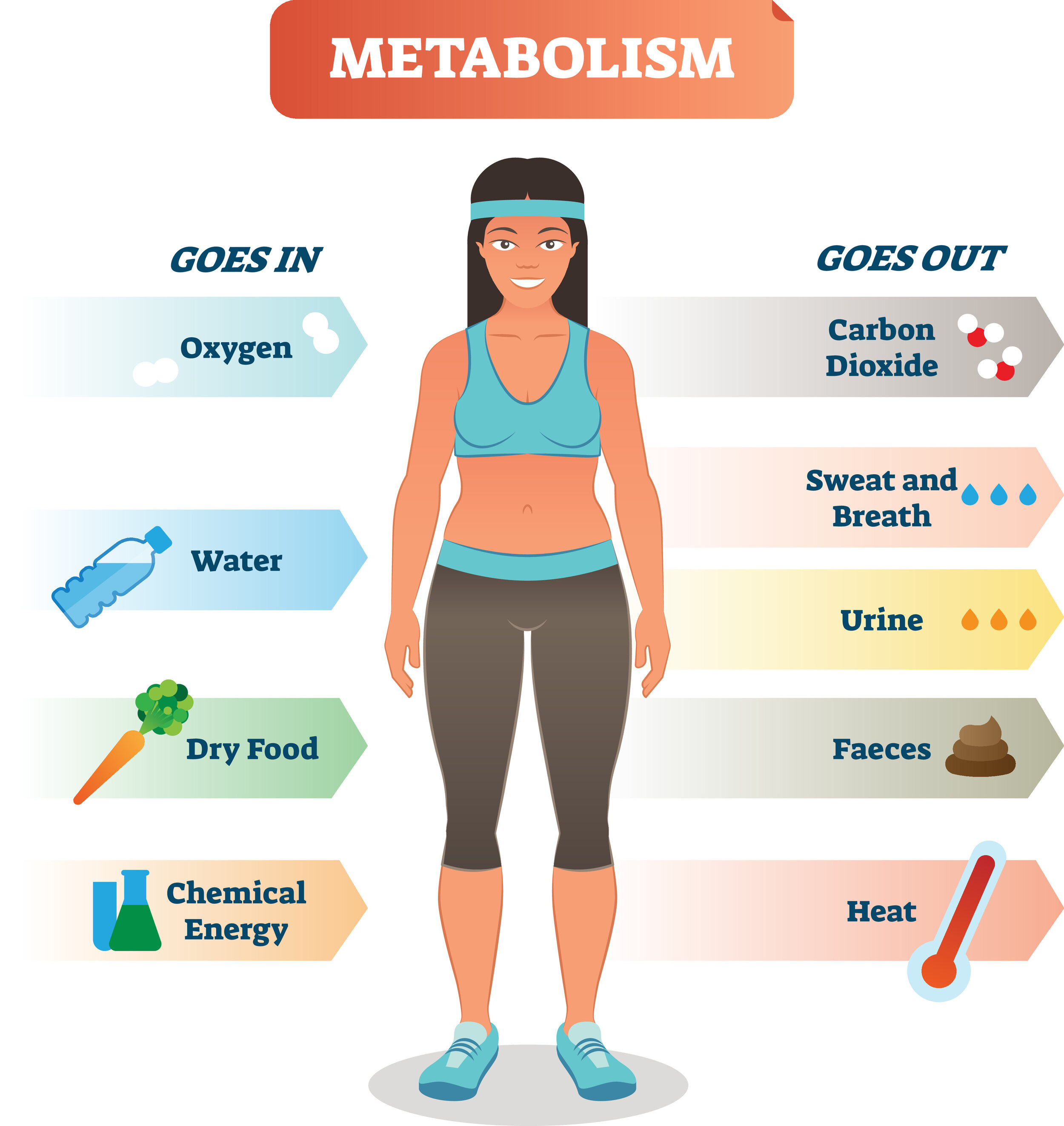
How it Works
Instrument Design and Methodology
The entire breath waveform is monitored, enabling the calculation of breath flow and tidal volume (VT). The transition from positive to negative pressure allows the measurement of respiratory rate (RR). A pump in the VOCO unit draws air from the adapter port, and the sub-sampled air is brought to ambient relative humidity (RH) by passage through a short length of Nafion tubing. The air then enters the breath analysis circuit via a solenoid valve, where time-synchronised rapid-response O2 and CO2 sensors, arranged in parallel, measure the concentration of breath gases throughout the breathing cycle. The amounts of O2 and CO2 in the inhaled and exhaled breath are determined by integrating the O2 and CO2 waveforms, respectively. These data, combined with breath flow and volume data, are used to calculate VO2 and VCO2. End-tidal O2 (PETO2) and end-tidal CO2 levels (PETCO2) are measured at the end of each exhalation phase. A wireless, optical heart rate monitor tracks the subject’s heart rate throughout the test.
The design and configuration of VOCO are depicted the Figure below. The subject wears a closely fitting Hans Rudolf face mask with an adapter that allows the attachment of a pneumotach spirometer. The facemask adapter has a gas port through which inhaled and exhaled air is subsampled at a fixed flow rate. The subject breathes in and out through the pneumotach, which creates a pressure differential corresponding to breath flow rate and volume. Tubing attached to the pneumotach transmits these pressure changes to a pressure sensor within the VOCO unit. Positive pressure is measured during exhalation and negative pressure during inhalation.
At a user-defined frequency, the O2 and CO2 analyzers are automatically calibrated by switching the solenoid valve so that the pump draws dry, CO2-free ambient air into the analysis system via a gas conditioning column containing soda lime and Drierite. All data are processed onboard the VOCO unit using a Bluetooth microprocessor, which transmits data to a smart-phone application for visualization. Data are also stored on an SD card and backed up on a cloud-based storage system accessible only by the subject.
Measuring Metabolism
Humans need oxygen to produce energy during the aerobic metabolism of carbohydrates and fats. Quite simply, the more O2 consumed, the more carbohydrate and fat is burned and more energy is produced. Therefore, we can measure energy production by measuring the rate at which the body consumes oxygen. The O2 consumption rate is termed VO2. Since VO2 is associated directly with carbohydrate and fat oxidation, we can calculate precise calorific value of the substrates burned during rest and exercise.
Picture VO2 as representing the size of your engine and your capacity to generate power.
Elite athletes have high VO2 values (mL O2 consumed per minute per kilogram of body mass) while untrained individuals have lower VO2 values. With regular exercise, you can increase your VO2, even during rest. Therefore, VO2 can be a direct indicator of your fitness level.
As well as consuming oxygen, metabolism of carbohydrates and fats also produces carbon dioxide (CO2). The rate of CO2 production is termed VCO2. During aerobic metabolism of carbohydrates, one molecule of CO2 is produced for every molecule of O2 consumed. The ratio of O2 consumed to CO2 produced is called the respiratory exchange ratio RER = 1.0.
Fat molecules contain much less oxygen per unit carbon than do carbohydrate molecules. Therefore, during metabolism of fat, more oxygen is consumed than CO2 is produced. As a result, for aerobic metabolism of fat RER is typically about 0.7.
If, during exercise, insufficient O2 is delivered by the bloodstream to the muscles to support energy demands, an anaerobic respiratory pathway of energy production is activated to supplement aerobic respiration. This pathway generates CO2 but does not consume O2. Therefore, during stressful exercise RER may begin to increase, and can rise above a value of 1.0.
Untrained individuals tend to exhibit anaerobic respiration much sooner during a given exercise regime than do trained athletes. By exercising regularly, the period of exercise can be extended before anaerobic respiration kicks in.
This is another indicator of fitness level.
By measuring O2 consumption and CO2 production simultaneously we can monitor:
VO2 and VCO2 as indices of fitness level.
The calorific value of substrates consumed during exercise.
The type of substrate being metabolised (carbohydrate or fat).
The point at which anaerobic respiration is activated to supplement aerobic respiration.
The VOCO system incorporates both O2 and CO2 analyzers for simultaneous measurement of VO2, VCO2 and RER (as well as numerous other parameters).
Heart rate and breathing rate are also monitored.



